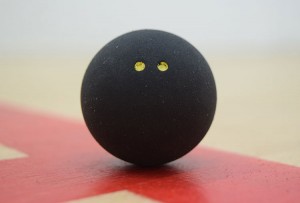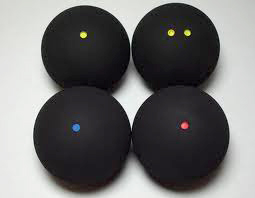This time I wasn’t even surprised to hear squash had failed to make the shortlist of sports recommend for inclusion for the 2020 Olympics in Tokyo. Having failed now for the last 12 years, it just seemed inevitable in some ways. It’s hard as a sport to pick ourselves back up and go again but that’s what we have to do. Though perhaps, this time we need to come from a different angle. This time we need to make squash so good that they can’t ignore us.
We can go on all night listing all the positives about squash and how great a game it is but then we all know how good a game it is. We all know it’s a fantastic sport and a brilliant workout. The problem is most people don’t. Surfing and climbing don’t seem like olympic sports in the slightest but what they do have on their side is the fact everyone knows what they are.
I go into schools every week coaching squash and I rarely get more than one or two kids who have played the game or even have an idea about what it is. Often, when we invite them to our courts for an Open Day with their parents, their parents bring along rackets that really belong a museum and tell of how they used to play when they were younger. Granted, these parents have all lived for longer but they all know what squash is and have played a bit before. Will the same be said of the current generation of children when they go have children of their own? I’m not confident it will. As part of the development work I do in Sussex, England, the main problem we see at our clubs is a declining membership of which the majority are 45 or over and male.
This is something we as a sport have to change and it needs all of us to take up the charge if we are to be successful. It doesn’t even take much. It could be as simple as taking your child, wife or friend on court with you and introducing them to the game. We simply need more people to be aware of what squash is and also more people playing the sport on a regular basis. Or if you have a passion for the game, why not consider becoming a coach or starting a junior set-up if there isn’t already one? We need to grow the number of clubs offering coaching services and junior groups, get more clubs interacting with local schools and community groups and get more women and people from different backgrounds involved.
We need to build and build and get to the stage where we have members complaining at every club because the only court they can get is at 8am or 10pm at night because all four courts are being booked and because there are loads of young players about stealing all the courts. We need to have every club fielding not just one ladies team but two, three or four. We need to get schools up and down the county having squash as part of their PE curriculum and see hundreds of young people introduced to squash at every school.
We need to stop talking about how good squash is and show everyone how good it is. We have to band together and build this momentum to such a fever pitch that it gets to the point where squash is impossible to ignore. We need to make squash so good that the Olympics can’t ignore it.

